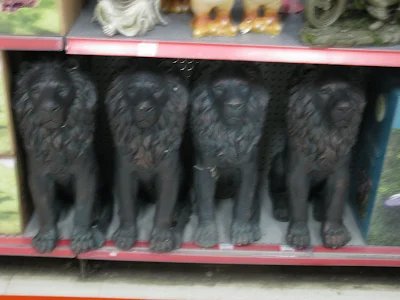Museum of Anthropology at the University of British Columbia.
The "Mystic Beast", from the rear of the building.
What I call the "Mystic Beast is a Northwest coast Nimpkish wood sculpture of a human figure, made around 1893.
Since last May, I've been staying in a residence on the campus of the University of British Columbia. One of my "neighbours" is the Museum of Anthropology, with its world famous display of artwork by indigenous people from the coastal area of British Columbia.
It was back in the early 1990s that I discovered, at the MOA, a sculpture I called the "Mystic Beast," and in 1997 I published a book of poems with this title.
Living on campus has been an extraordinary and moving experience. I have never failed to be impressed by what I have seen, the people I have met, and just walking on the campus, which I do every day, is a wonderful experience.
The other day I was out in the morning and took these photographs at the Museum of Anthropology. I had planned to visit the Museum as it has been renovated, new exhibits put on display, and so on. It had been suggested to me that perhaps the Mystic Beast would no longer be on display, but there, in the window at the rear of the building, was the Mystic Beast.
 |
The Mystic Beast, Empyreal Press,
Montreal, 1997; cover drawing by Ed Varney |
I don't identify with the Mystic Beast as much as I once did, but there is still a part of my soul, my inner being, that resonates to what I see in this sculpture. He is not a "fun guy," but someone resolute in surviving this life, someone who has had to find strategies for survival and live "undercover," someone for whom understanding the shadow aspect of the psyche has been essential. You can change, you can even be "reborn," you can meditate and do Tai Chi, you can have your satori or your highs however induced, you can put in your years of therapy, but some of the essential aspects of the personality stay the same. You can revision your past and I suggest this is not a bad thing to do for some people. You might even look back at the old self, one day, and wonder how you could have been that person. But at the end of the day there is still a part of us, the part we have struggled with for so many years, that remains the same.


.JPG)

























.JPG)










.JPG)
